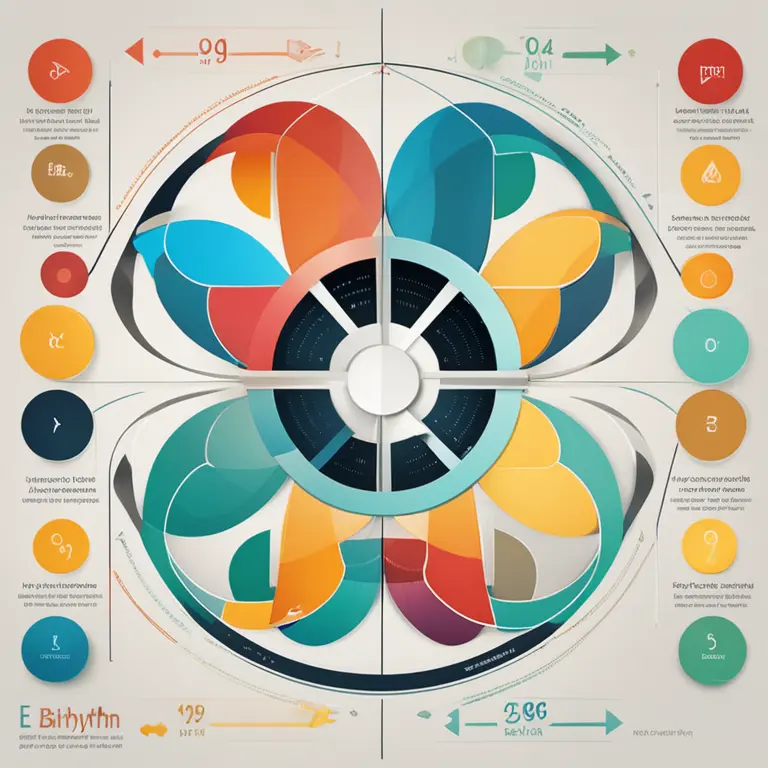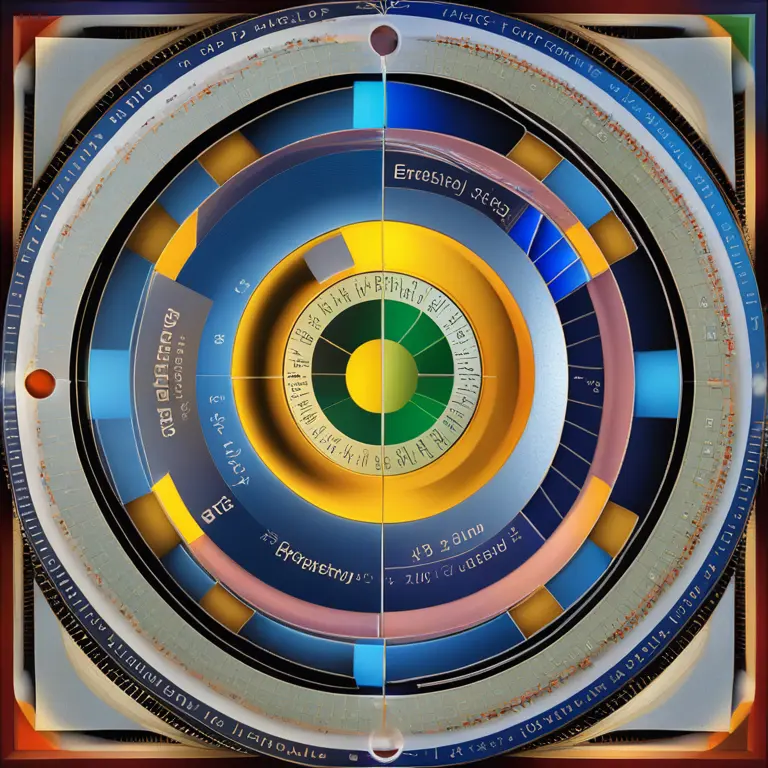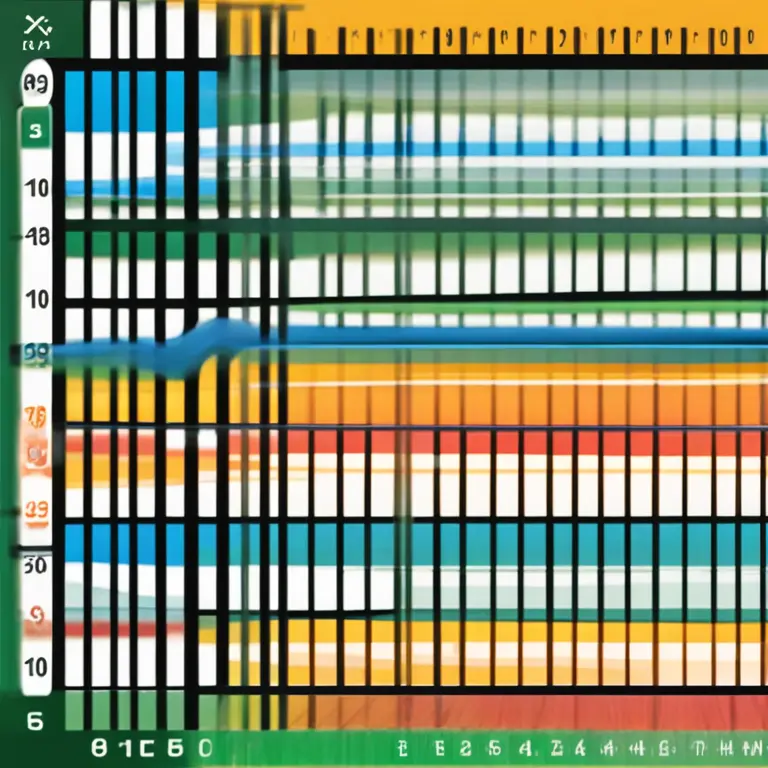
The Synergy of Biorhythm Compatibility Explored
Discover the role of biorhythms in relationship dynamics with our comprehensive compatibility calculator.
article by Adrian Wallace
Biorhythm Compatibility Basics
As relationships transform with the tides of time, understanding the intricacies of connection is more essential than ever. Biorhythm compatibility hinges on an intriguing concept: the cyclical rhythms of our lives may significantly impact our interpersonal dynamics. Stemming from the idea that our physical, emotional, and intellectual states oscillate in predictable cycles, biorhythm theory offers a unique lens through which to gauge compatibility. A compatibility biorhythm calculator serves as a digital crystal ball, endeavoring to forecast the harmony between two people based on their personal rhythm cycles.

The Three Critical Cycles
Within the realm of biorhythms, there exist three critical cycles: the physical, emotional, and intellectual. The physical cycle, repeating every 23 days, speaks to one's vigor and well-being. The emotional cycle, with a 28-day loop, reflects our state of sensitivity and mood fluctuations. Lastly, the intellectual cycle encircles a 33-day period, shaping our analytical prowess and cognitive function. When these cycles synchronize harmoniously between two individuals, it is believed that the relationship enjoys greater resonance and mutual understanding.

Calculating Your Biorhythm Match
The compatibility biorhythm calculator ingeniously melds the birth dates of two individuals to map out their cycles. By laying these patterns side by side, it scans for periods of alignment and discord. Advocates of biorhythm compatibility posit that awareness of these periods can profoundly impact how individuals interact, plan activities, resolve conflicts, and nurture their relationship. Entering the digital age, this analytical tool has piqued the curiosity of many seeking deeper insights into their personal and professional partnerships.

Interpreting the Results
Once the biorhythms are computed, their interpretation requires a nuanced approach. Peaks indicate times of high compatibility, while troughs might signal potential challenges. It's crucial, too, to consider the context of each cycle. For instance, an emotional low for one partner during the other's intellectual high might call for patience and support rather than an exchange of complex ideas. Such insights can empower couples to reach new heights of interpersonal synchronicity.

Practical Applications in Daily Life
Practical applications of this knowledge are manifold. From scheduling important discussions or events to understanding temporary misalignments, the biorhythm compatibility calculator equips individuals with foresight. It advocates for the idea that relationships aren't static entities; rather, they are dynamic bonds that undulate with our intrinsic rhythmic patterns. Bringing scientific calculation into the subtle art of relationships, this digital tool aligns with contemporary desires for evidence-based solutions to emotional and intellectual needs.
A Tool for Better Relationships
Although biorhythms are not universally accepted in the scientific community, they've found a niche within the ecology of self-awareness tools, particularly within the realms of personal development and complementary therapies. The biorhythm compatibility calculator stands not as a panacea but as a potential guidepost to healthier, more attuned relationships. As humanity delves deeper into the digital age, such tools reflect an enduring quest to intertwine science and spirituality in the pursuit of understanding the heart's complex code.
Published: 1/25/2024
Modified: 1/25/2024
More predictions
Come back here soon to learn more about yourself and your future


The Basis of Biorhythms: An Insight into Biological Cycles
Delve into the concept of biorhythms, the belief in rhythmic biological processes that purportedly influence human physiology and behavior.


The Intersection of Biorhythms & Astrology Explored
Discover the link between biorhythms and astrology to gain insights into your life's patterns and potential.


The Biorhythm Debate: Effective Insight or Myth?
Discover the realities behind biorhythms, how they're calculated, and their impact on daily life. Can these biological cycles truly predict our physical, emotional, and intellectual states?